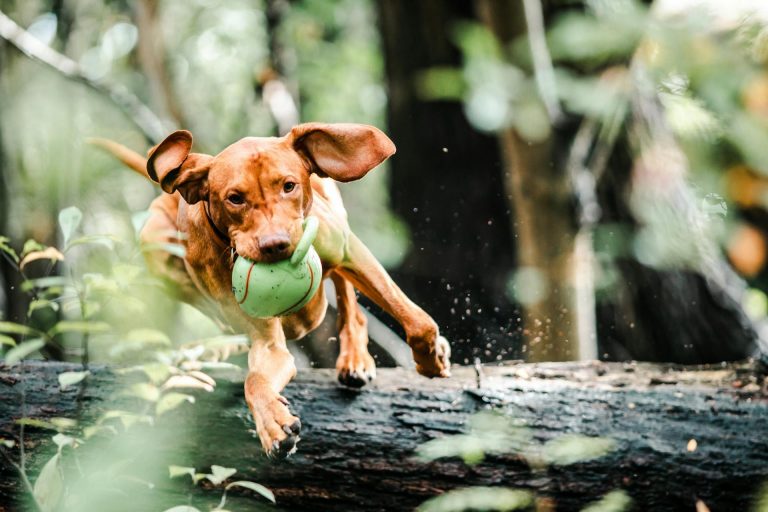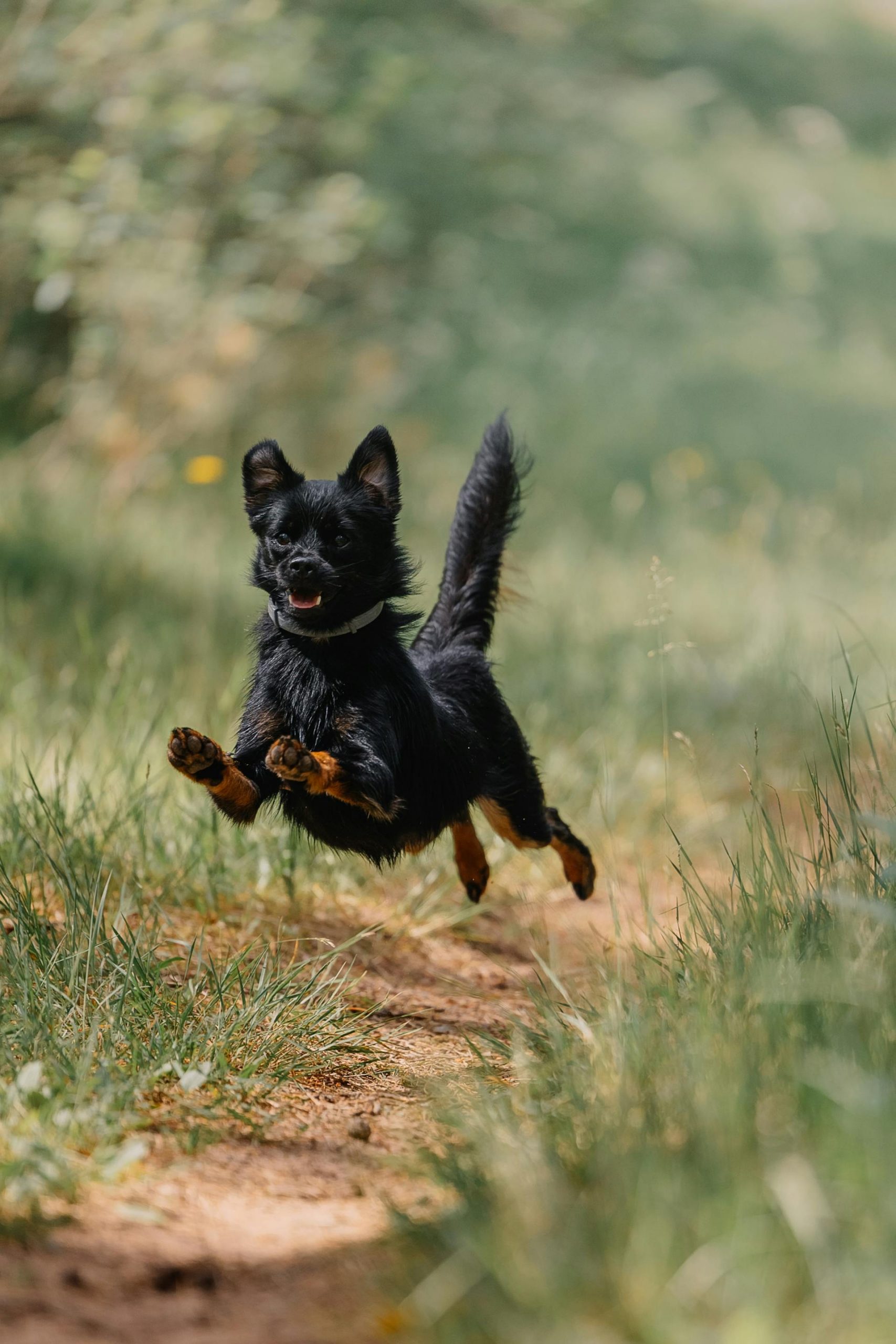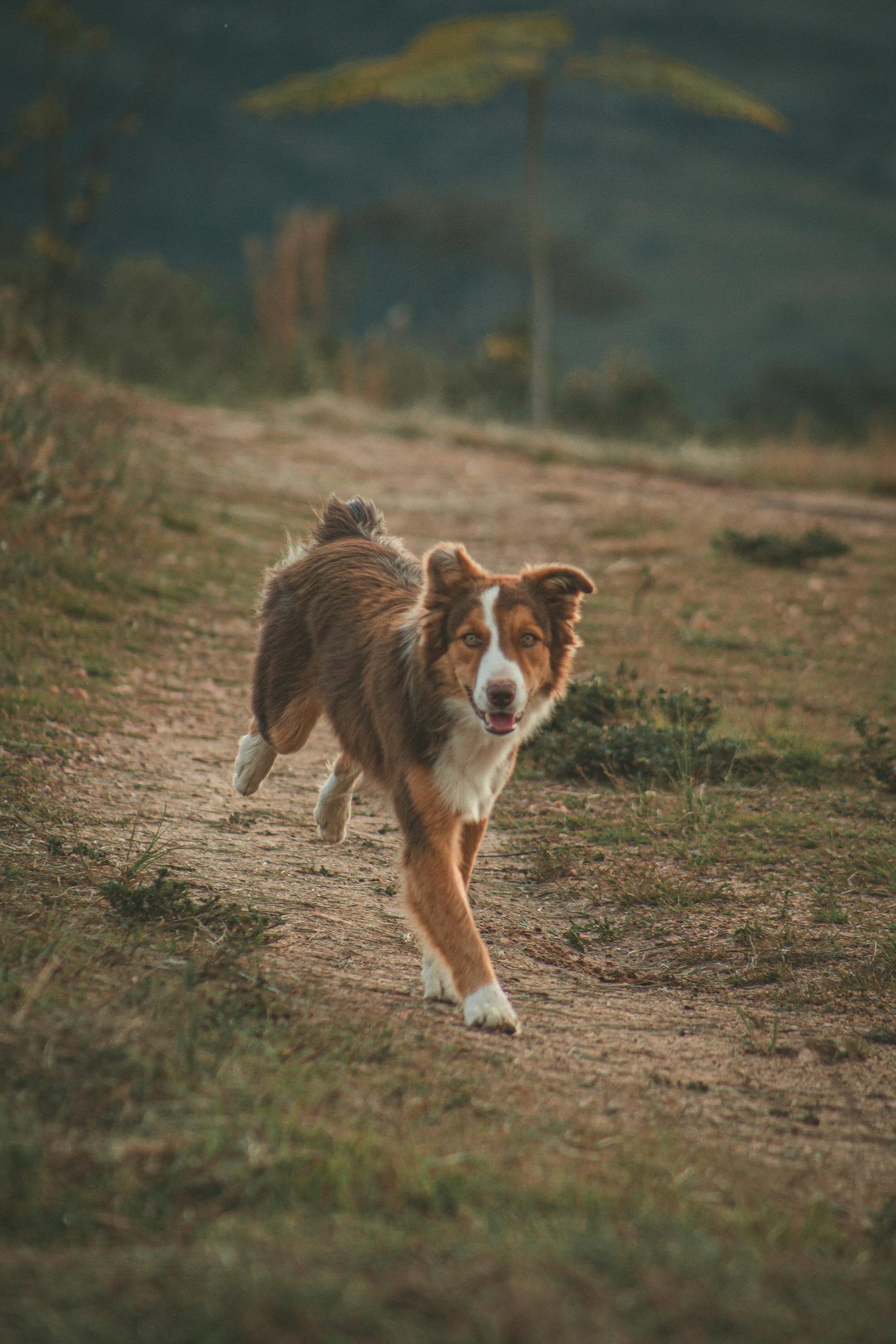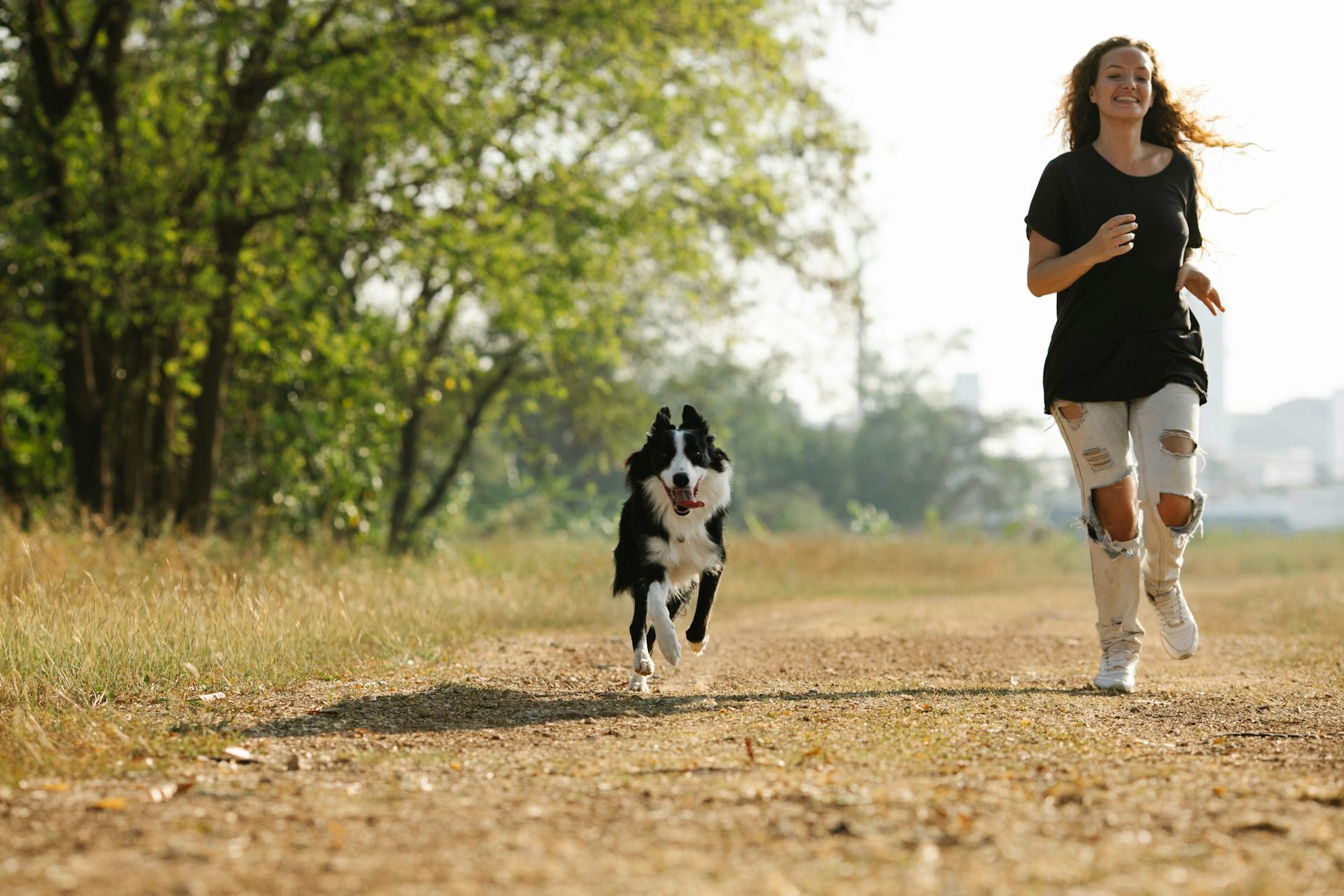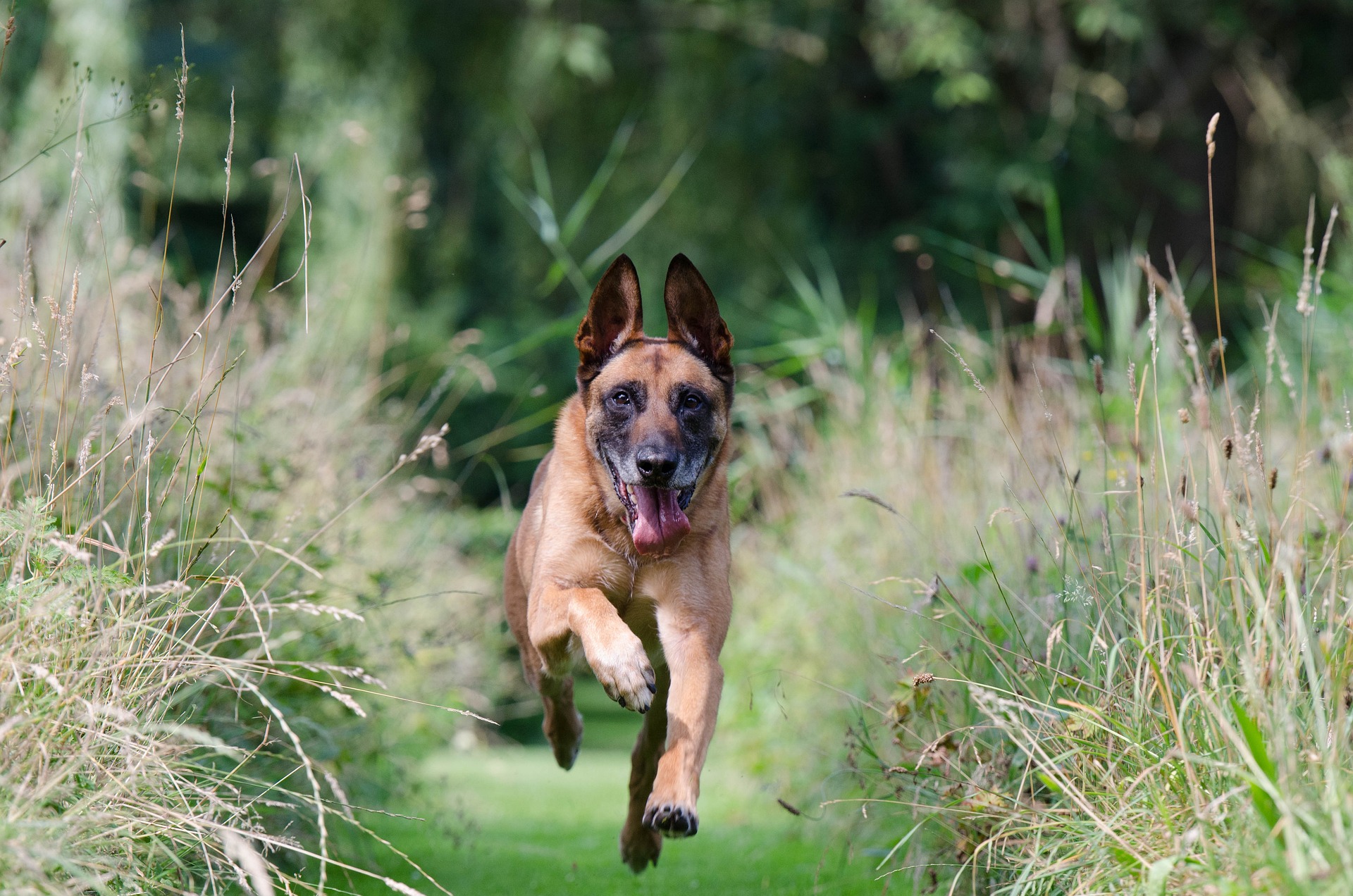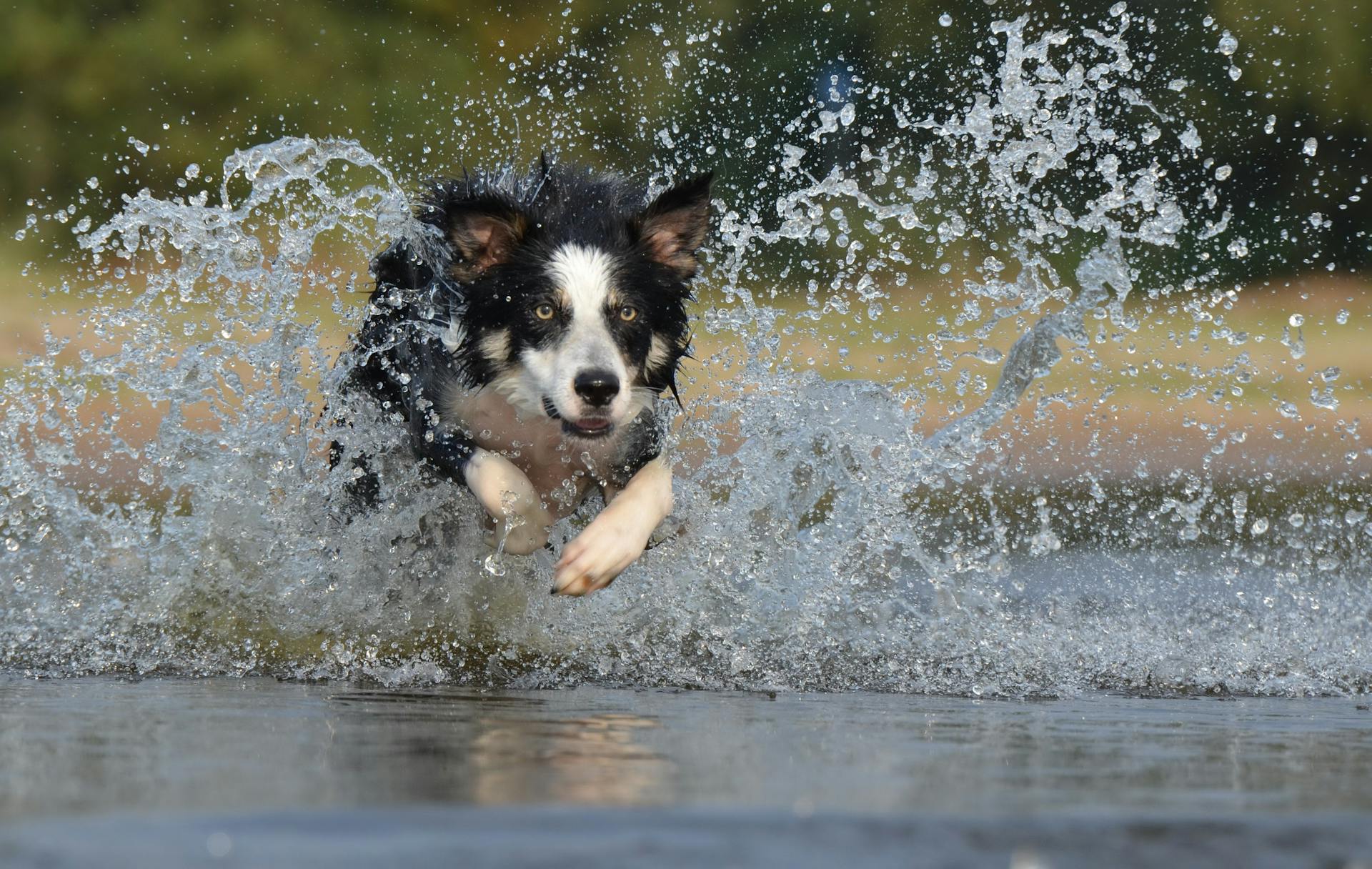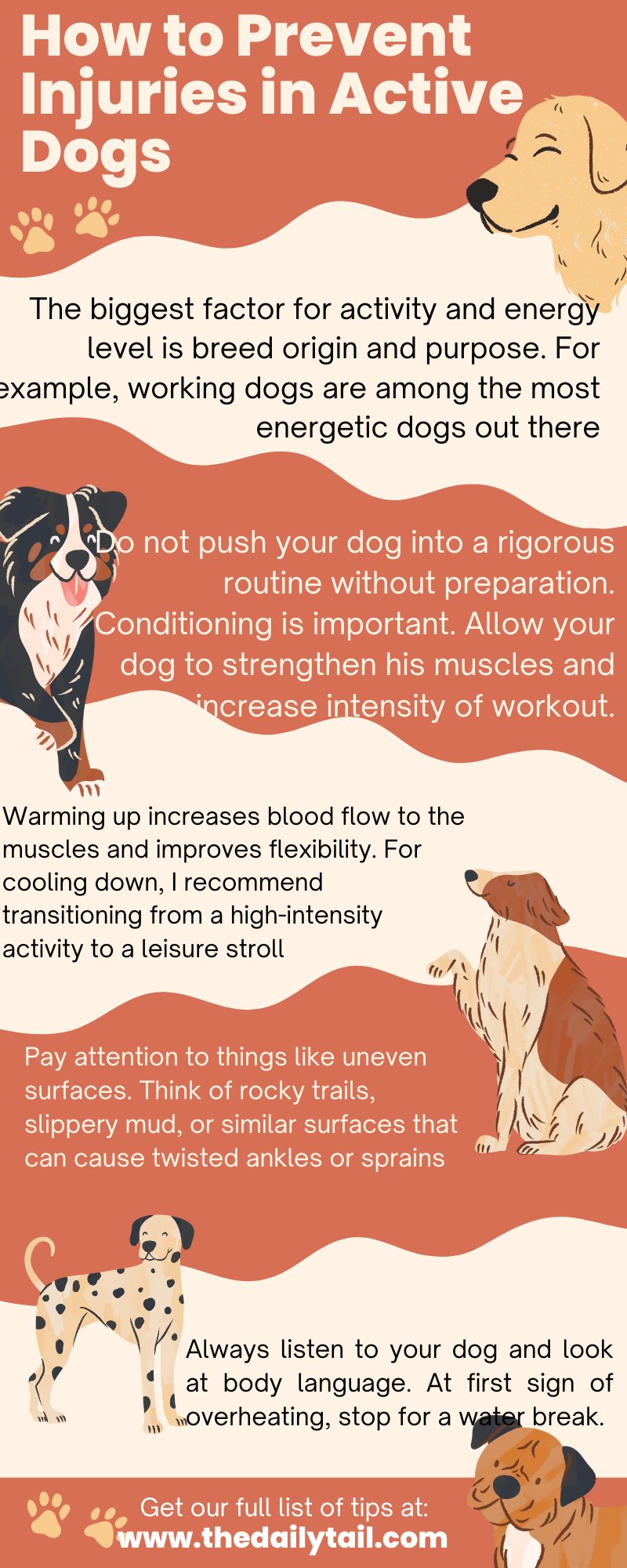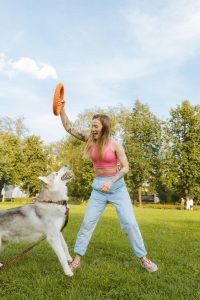There have been so many days when I’ve seen Milo run fast to the point I am afraid he will crack a bone. He is a bit clumsy at times. He runs and trips over things. Whether he is chasing squirrels, going hiking, or trying some agility, there are so many moments when I worry about him.
His boundless energy is a blessing. I love having a buddy who accompanies me in any sport or outdoor activity. Yet, that same boundless energy can lead to unexpected injuries. Dogs are beings just like athletes. They need proper conditioning and precautions to prevent injuries. Today, I want to talk about how you can avoid injuries in active dogs.
What Is an Active Dog?
First, we have to talk about the term “active dog”. Once you understand your dog, his needs, and his energy, you will have an easier time training and working with him.
Not all dogs have the same activity levels. And size is not the only factor. You will be surprised that some large dogs are hyperactive, and some small dogs are lazy. Let’s take another example, the Greyhound. A famous racing dog, this pooch is more of a couch potato at home than a speedy athlete.
The biggest factor for activity and energy level is breed origin and purpose. For example, working dogs are among the most energetic dogs out there. Breeds like Border Collies, Jack Russell Terriers, Labrador Retrievers, and Cocker Spaniels, have an instinct to run, chase, and sniff.
And while size doesn’t play a large role, age does. Puppies have boundless energy as they are growing up. I see it all the time. People and pet parents ask when will the puppy calm down. Well, some puppies never do.
Now, I know Milo is a lot calmer as a 7-year-old. But it is more of a desire and knowing when to be active for him. For example, when we go hiking, he is springy as always. Yet, at home, he wants to chill and enjoy. He knows there is no point in running as crazy at home. Milo has found his peace at home, and outside, he knows it is go time.
With that in mind, senior dogs might have less energy. Or they are smarter in how they spend their energy.
How Important Is Conditioning?
Think of it this way. Can you wake up one morning, and run a marathon without any preparation? Of course, you cannot. Well, the same applies to your canine companion.
Do not push your dog into a rigorous routine without preparation. When we started hiking with Milo, we didn’t go for a full-day hike at first. Instead, we began with shorter distances. And he was a puppy back then. He had plenty of energy even for a full-day hike. But I wanted to take things slow and gradually increase the distance.
It applies to any sporting or outdoor activity. If you want to do agility with your puppy, start slowly. Then, as your puppy is getting better and used to some of the routines, up the ante. Allow your dog’s muscles, tendons, and joints to adapt to the new activity and become stronger.
Think of it as going to the gym. You do not lift the biggest dumbbell in the gym on the first day, right? That would crush your muscles and lead to injuries. Instead, you strengthen your muscles. Well, do the same with your puppy.
Warming Up and Cooling Down
If you have ever run a marathon, even a short one, you know warming up is crucial. Even if you have worked out or done any activity. Warming up increases blood flow to the muscles and improves flexibility. That reduces risk of injuries.
I see this too often not to comment. I see people jogging with their dogs. They arrive at the track with a car, get out, and start running. Please, do not do that. Walk for at least 5 minutes before you start running.
When we go hiking with Milo, we do arrive at the designated start point with a car. Yet, for the first five to ten minutes, we walk around the car, warm up, and get ready for the upcoming hike. We do not start elevating from the get-go.
Now let’s talk about cooling down. I recommend transitioning from a high-intensity activity to a leisure stroll. That will allow your dog’s heart rate to slow down.
Pay Attention to the Environment
The world is a canvas. An outdoor lifestyle allows you to explore the fantastic playground. It is an amazing spot for active dogs. Yet, not all terrain is equal.
Pay attention to things like uneven surfaces. Think of rocky trails, slippery mud, or similar surfaces that can cause twisted ankles or sprains.
And never, never, EVER exercise your dog on hot pavement during the midday sun. It will burn your dog’s paws. Even worse, it will lead to overheating.
Listen to Your Dog
A dog owner who doesn’t listen to his pet is the one to blame for accidents and injuries. Whenever you are hiking, swimming, jogging, doing agility, or anything else, pay attention to your dog. Listen to your dog. He is trying to tell you something even if he cannot talk in your language.
Pay attention to body language. There are always small signs. If you wait for things like excessive panting, limping, or whining, it might be too late.
Do not push your dog beyond limits. Once you notice concerning signs, stop the activity. Give your dog time to calm down.
Give your dog breaks for hydration. In the same way, you need water on walks and hikes, your dog needs it.
What Is the Best Activity for Energetic Dogs?
If you have an active dog, I am sure you are asking yourself questions like this one. What is a safe, low-impact activity that will burn your pup’s energy?
Well, if you have access to water, there is nothing better than swimming. The risk of an injury is minimal. All dogs know how to swim. And it builds muscle, endurance, and strength.
Think of it this way. 10 minutes of swimming will burn as much energy as one hour of hiking. Now, some dogs do not like swimming. Some are instantly drawn to the water. Well, find a way to motivate your pooch!

